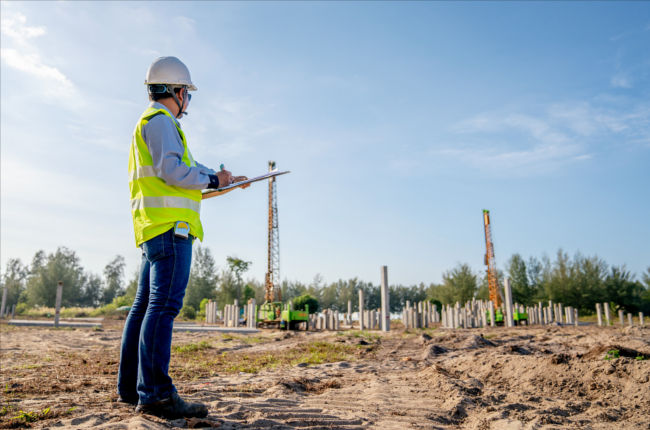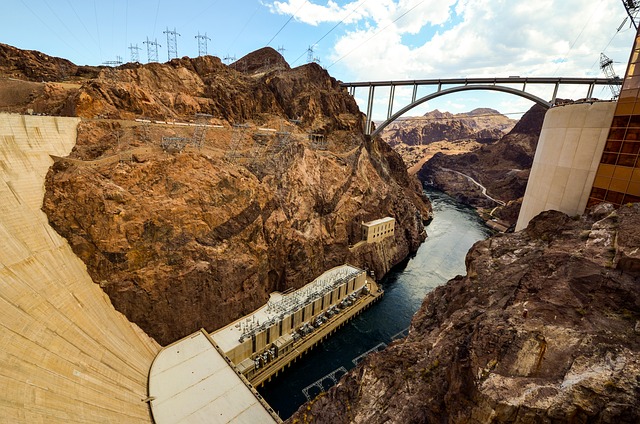Consulting Civil Engineering Companies Providing Geotechnical Solutions
Consulting Civil Engineering Companies Providing Geotechnical Solutions
Blog Article
Just How Consulting Engineers Enhance Geotechnical Engineering Projects: Insights Into Their Proficiency, Methodologies, and Collaborative Approaches
Consulting designers are pivotal in boosting geotechnical engineering tasks, applying their specialized understanding to browse the complexities of subsurface conditions. Their joint approaches foster communication among diverse project stakeholders, ultimately shaping the project's trajectory.
Role of Consulting Engineers
The competence of seeking advice from engineers in geotechnical engineering is fundamental to the effective execution of building tasks. These specialists play a critical role in assessing dirt and rock homes, which are vital elements influencing style and building and construction choices. By carrying out extensive site examinations, getting in touch with designers gather important data that educates the style process, ensuring projects are built on stable and suitable ground.
Consulting engineers also provide important insights into risk management (geotechnical geologist). They recognize possible geotechnical threats, such as landslides, dirt liquefaction, and negotiation problems, allowing stakeholders to carry out effective reduction methods. Their knowledge help in enhancing foundation styles, which can result in significant cost financial savings and improved security
Additionally, speaking with engineers work as a crucial link between task proprietors, designers, and professionals. Their ability to convert complex geotechnical data right into actionable recommendations cultivates cooperation and helps with notified decision-making throughout the job lifecycle. This multidisciplinary approach not only improves task efficiency but additionally makes sure compliance with governing standards and finest techniques.
Key Techniques in Geotechnical Engineering

One main approach is website examination, which involves conducting field tests and laboratory analyses to gather data on subsurface conditions. Techniques such as Standard Penetration Testing (SPT) and Cone Penetration Screening (CPT) are extensively made use of to review soil stratigraphy and strength. In addition, geophysical approaches, including seismic and electrical resistivity surveys, offer non-invasive ways to examine subsurface attributes.
An additional essential technique is mathematical modeling, which makes it possible for designers to imitate numerous circumstances and forecast just how soil-structure communications will certainly act under different loading problems. Finite Element Analysis (FEA) is a common approach employed in this context.
Moreover, the design of structures, preserving frameworks, and earthworks counts greatly on these methods - geotechnical geologist. By incorporating sophisticated analytical tools with area data, getting in touch with designers can establish tailored solutions that address particular job challenges, eventually contributing to the stability and safety and security of building projects
Relevance of Soil Evaluation
Soil evaluation functions as a fundamental aspect in geotechnical design, offering essential insights right into the physical and chemical residential properties of soil required for efficient building and construction planning. Comprehending dirt characteristics is crucial for identifying its load-bearing ability, water drainage behavior, and capacity for settlement or instability. In-depth dirt examinations, including sampling and lab screening, assistance recognize parameters such as soil kind, dampness content, density, and shear toughness.
These analyses inform the choice of ideal construction methods and materials, inevitably influencing project security and long life. Natural dirts might require different foundation styles compared to granular soils, requiring customized design remedies. Furthermore, soil analysis aids in determining pollutants that could posture threats to human wellness or the setting, enabling the advancement of mitigation strategies.
Incorporating see soil evaluation right into the onset of job development helps to decrease unanticipated difficulties, making sure that designers can expect and resolve prospective problems prior to they escalate. By establishing a comprehensive understanding of the website problems, seeking advice from engineers can optimize design performance and minimize costs, therefore improving the total success of geotechnical engineering tasks.
Collective Approaches in Jobs
Successful geotechnical jobs typically pivot on collective approaches that combine varied expertise from different techniques. Efficient cooperation among getting in touch with engineers, rock hounds, ecological scientists, and building and construction professionals is vital for dealing with complicated challenges and enhancing task outcomes. By leveraging the special abilities and knowledge of each employee, projects can benefit from an all natural understanding of the website conditions, regulative needs, and design constraints.
Routine interaction and interdisciplinary conferences facilitate the sharing of insights and foster a culture of synergy. These collaborative efforts make it possible for the identification of possible threats early in the project lifecycle, enabling prompt reduction techniques. In addition, incorporating comments from stakeholders, consisting of neighborhood communities and regulative firms, ensures that all perspectives are thought about, boosting project acceptance and compliance.
Additionally, the integration of advanced innovations, such as Geographic Info Solution (GIS) and Building Info Modeling (BIM), additional improves partnership. These devices enable the real-time sharing of data and visualization of geotechnical conditions, promoting notified decision-making. Eventually, a joint strategy not just enhances project implementation but likewise lays the structure for innovative options to complex geotechnical engineering obstacles.
Effect On Job Outcomes

Consulting designers employ sophisticated approaches such as threat analysis and predictive modeling, which improve the precision of task forecasts. Their ability to incorporate innovative innovations, like geotechnical instrumentation and information analytics, even more fine-tunes the layout and construction procedures. As an outcome, projects experience enhanced effectiveness, decreased prices, and minimized delays.
In addition, fostering efficient interaction and cooperation among group participants boosts problem-solving abilities. When difficulties emerge, a united front enables for quick recognition of solutions, stopping possible setbacks. Ultimately, the collaborative initiatives of consulting engineers contribute to higher high quality results, ensuring that projects satisfy both regulative requirements and click over here now customer assumptions.
Final Thought

Report this page